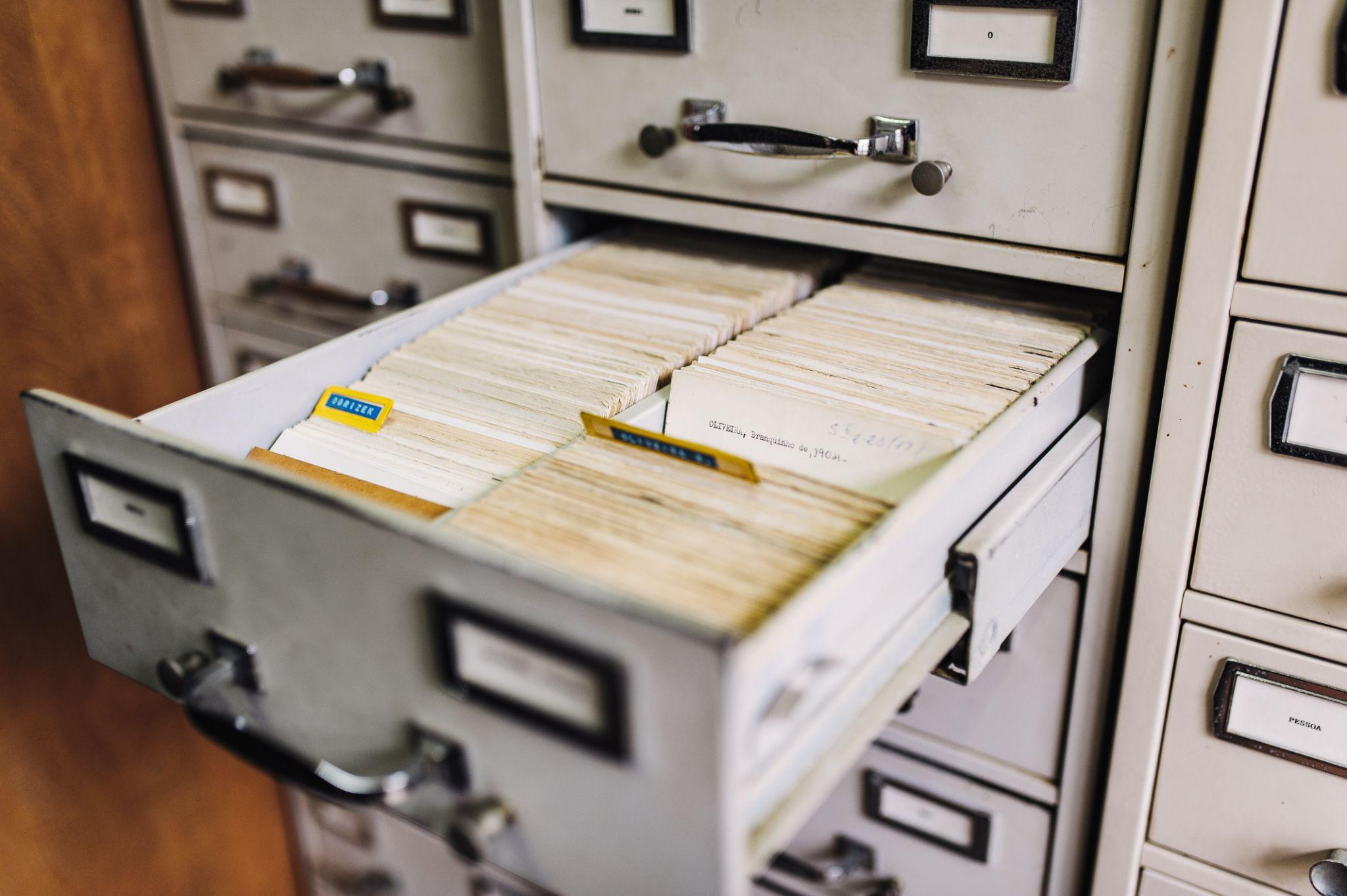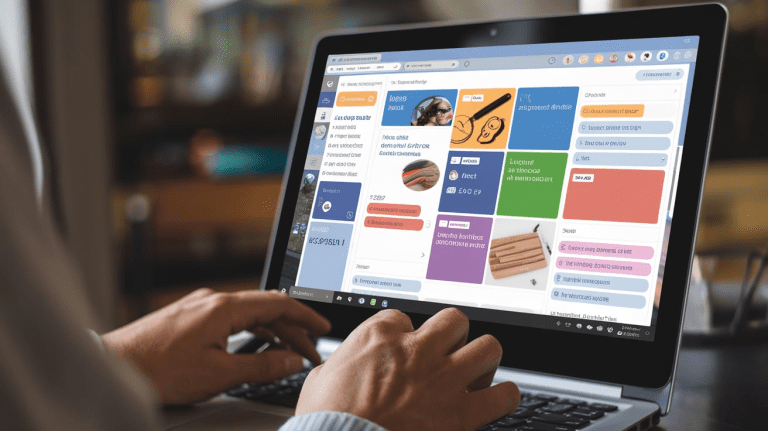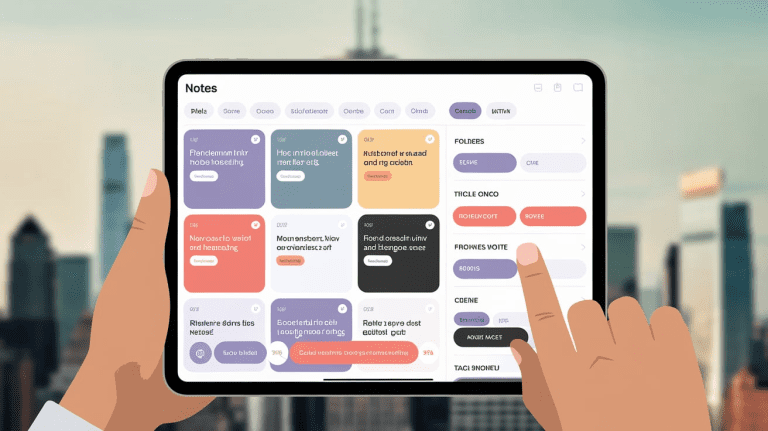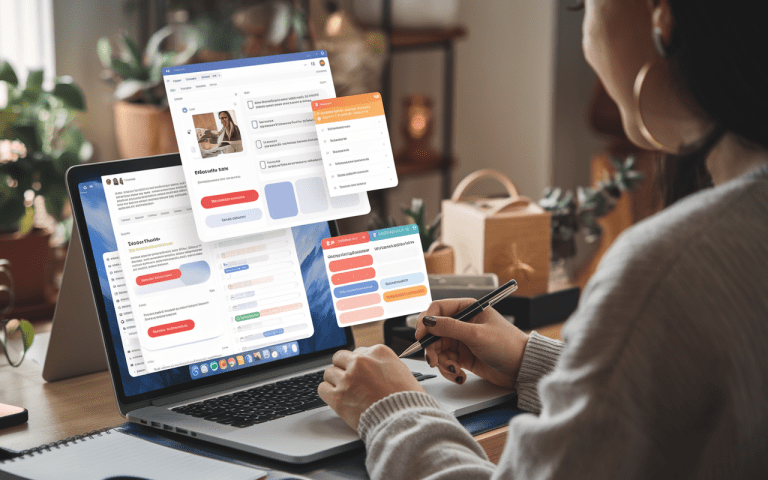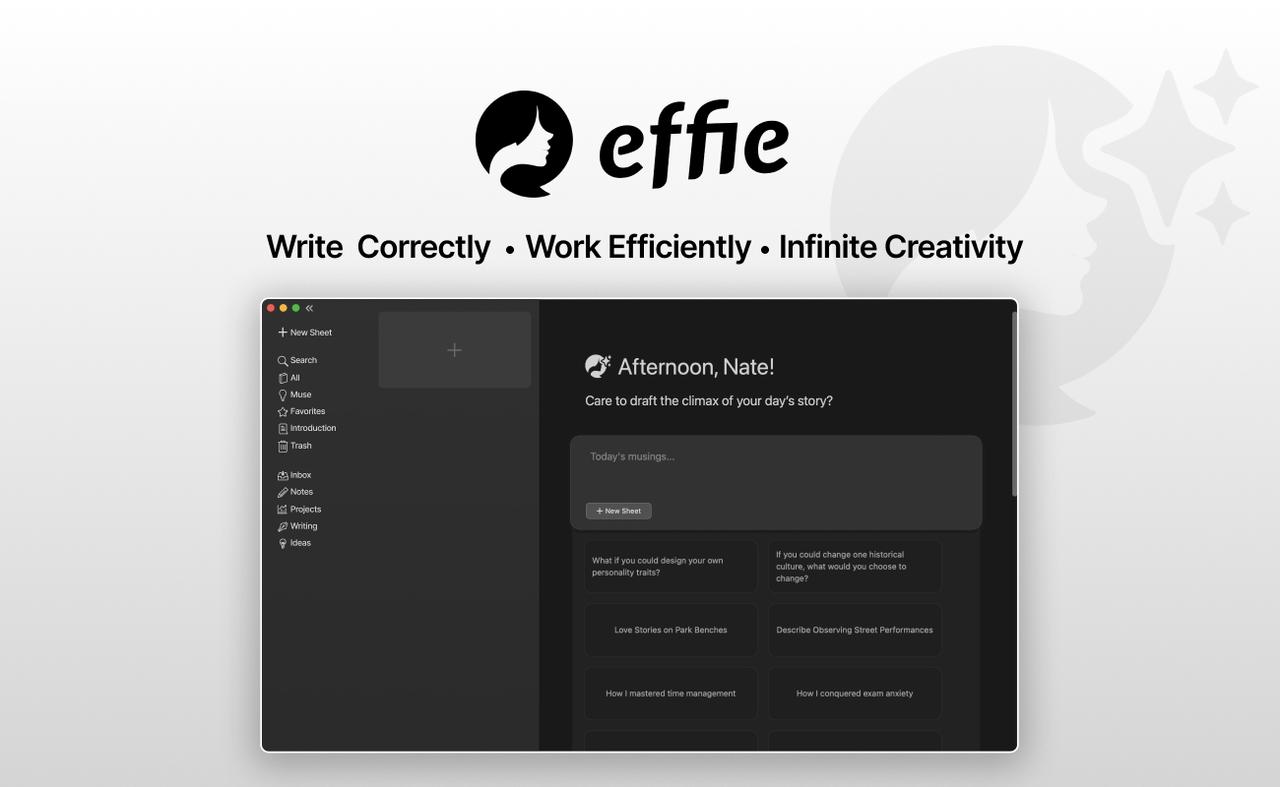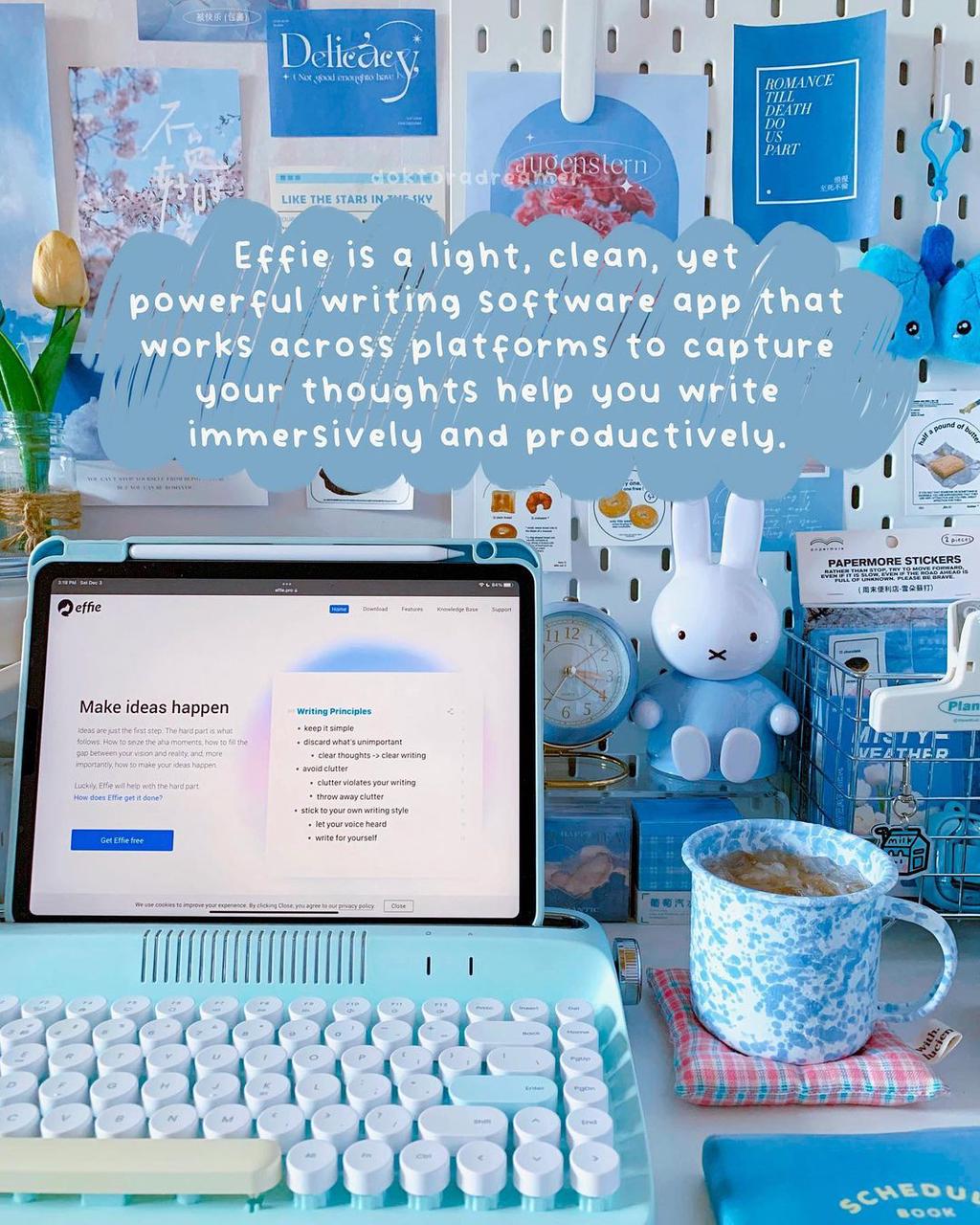How to Use Cards to Increase the Odds of Creativity?
If you look closely at kids’ paintings, you’ll instantly understand why Picasso said, “All children are born artists”.
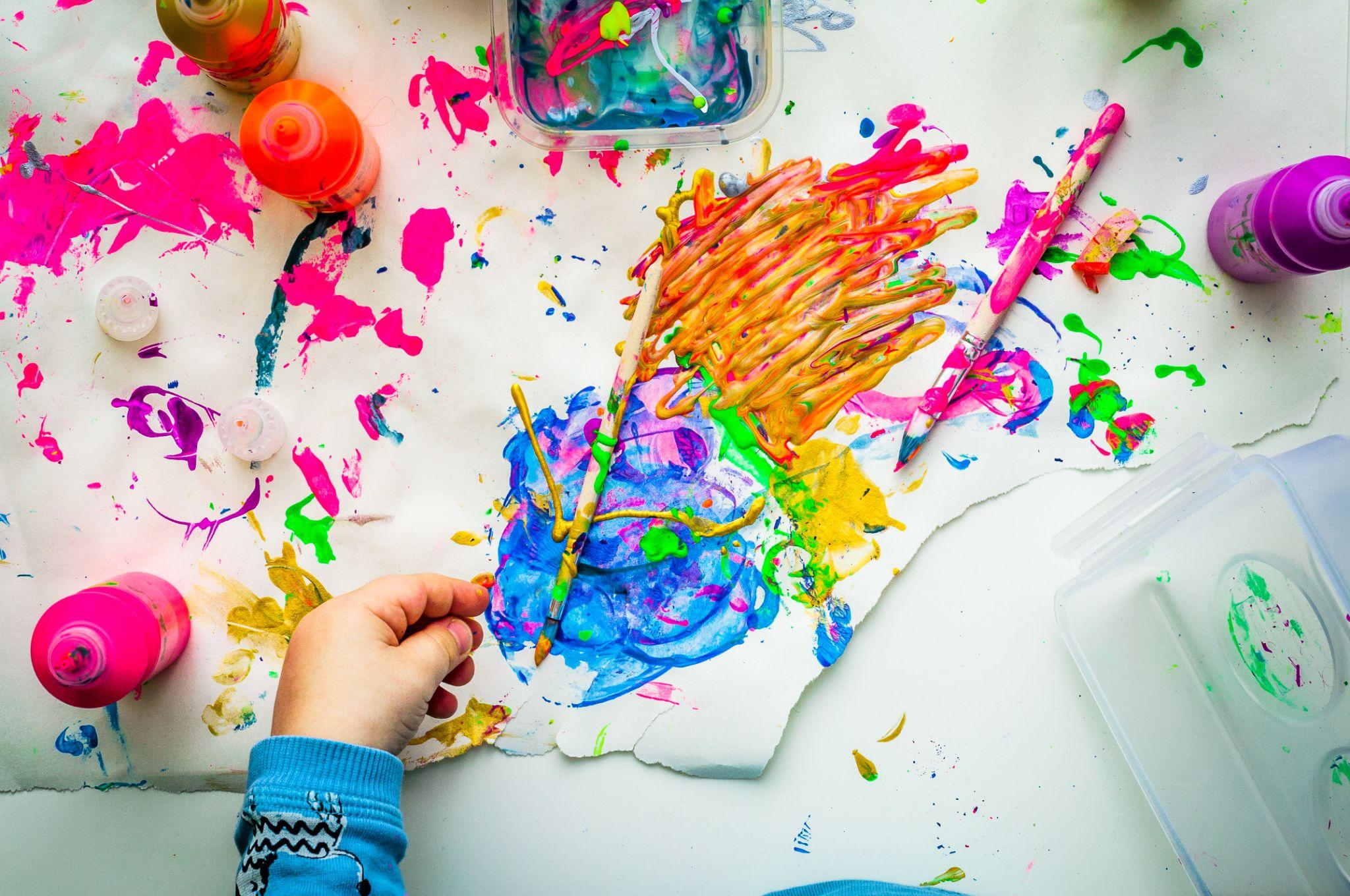
In their paintings, there are creatures you’re seeing for the first time, flowers growing as tall as houses, and colors matching in a way beyond your imagination.
Kids are creative because they’re not bound by rules. Well, obviously, you can’t be a kid anymore, but you can think like one, and become just as creative as you used to be.
Can you really increase the odds of creativity?
The short answer is, yes, you can.
But before we give you a longer answer, let’s take a look at the kinds of creativity first and see which type you belong to.
Creativity can either be driven by heart or head. Not being creative in one particular area doesn’t mean you’re not creative in other areas. So don’t rush to deny your creativity potential yet.
If you prefer to go by heart, then listen to your heart. If you think it’s the other way around, just go the other way around. It’s totally up to you.
Want to know more? Let’s dig in.
What’s your type of creativity?

1. Spontaneous and emotional creativity

As mentioned, kids are great artists. Musicians and writers also fall under this category. This kind of creativity can be quite powerful and abstract.
You might hear a friend of yours who enjoys composing saying things like, “I had this melody in my dream last night”. Or, if you’re into photography, you don’t even know why you took this picture sometimes, but you knew you’d regret it if you didn’t.
To increase this type of creativity, you’ll need to let your emotion speak for itself.
2. Spontaneous and cognitive creativity

Certainly, not everyone hit by an apple will come up with the great theory of universal gravity like Isaac Newton. This creativity happens when you’re stuck on problems for quite some time, however, with no solutions.
It’s like your creativity has no intention to wake up.
Well, let it sleep, for now. You can then go on making some breakfast while waiting. And the next thing you know, your creativity is standing right in front of you, all dressed up and ready for breakfast.
This type requires certain existing knowledge, also, a chance to let the knowledge ferment until you finally have the Eureka moment. A great method, cards, as we’ll mention later, works particularly well for such type of creativity improvement.
3. Deliberate and emotional creativity
Deliberate and emotional creativity happens when you come up with an innovative idea out of nowhere, allowing your work to be affected by your emotions.
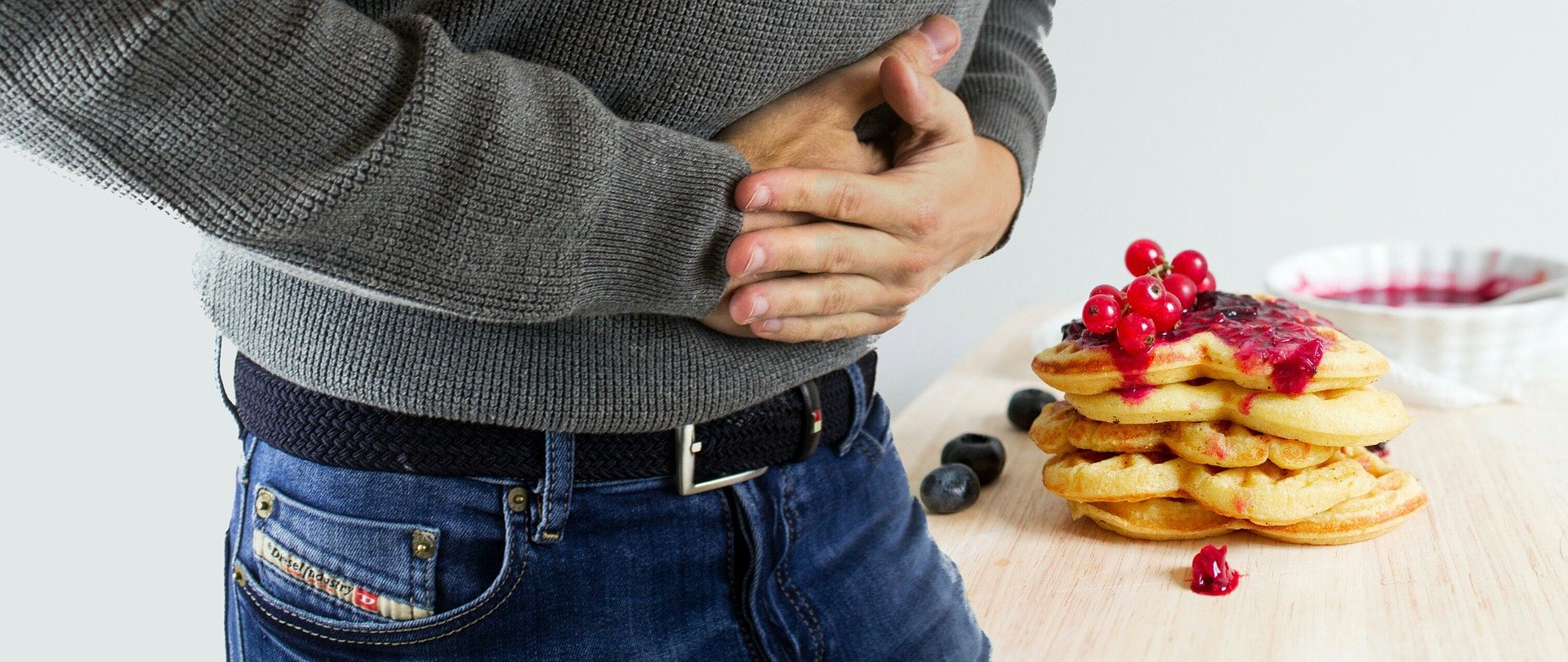
Say, you’re hungry, so you look for something to eat. And just when you’re thinking about it, you hear your friends talking about how great her mom makes lasagna. And that reminds you of the newly-opened restaurant nearby, and you decide to have a try.
To increase the chance of such creativity, you can go to where your heart leads you when solving certain problems.
4. Deliberate and cognitive creativity
Thomas Edison, the man who spent his life making great inventions, might be the most appropriate example. He unremittingly conducted experiments after experiments to ultimately solve problems.
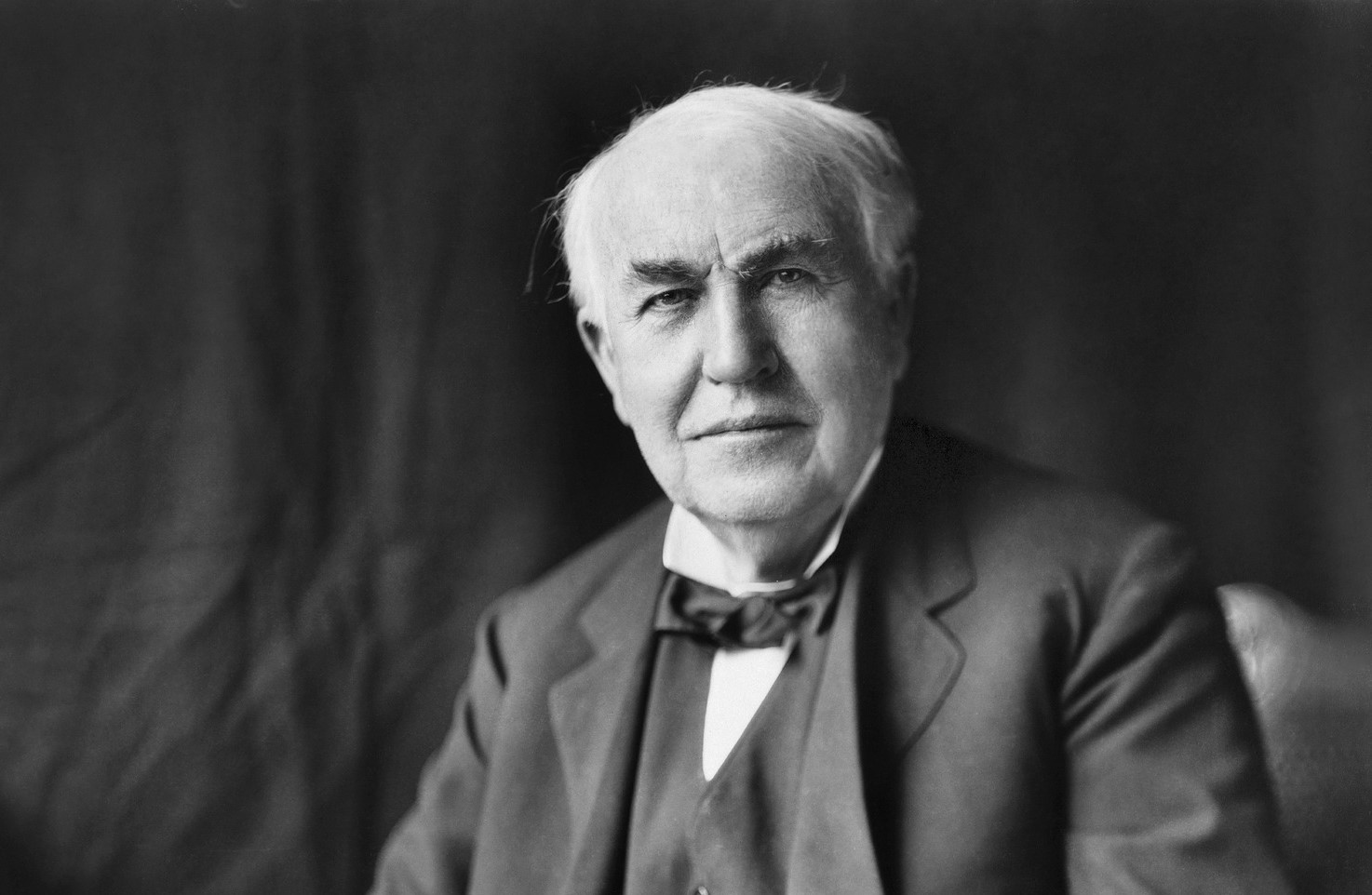
This type of creativity also requires existing knowledge, but more importantly, the ability to piece the information together to create new ideas.
Now, have you found your type of creativity?
Once you figure out your personal driving force for creativity, the next thing is to find some extra fuel, an index card, for example, to increase the odds of your Eureka moments.
How to use cards to drive your creativity?
In fact, you’ve used cards so many times that you begin to ignore how effective they are in increasing the odds of your creativity.
As a kid, you must have seen flashcards. Usually, they’re designed with images and words on both sides to help you learn and recall knowledge. The more you’ve seen, the better ideas you can come up with.
This is still when you need concrete images while learning.
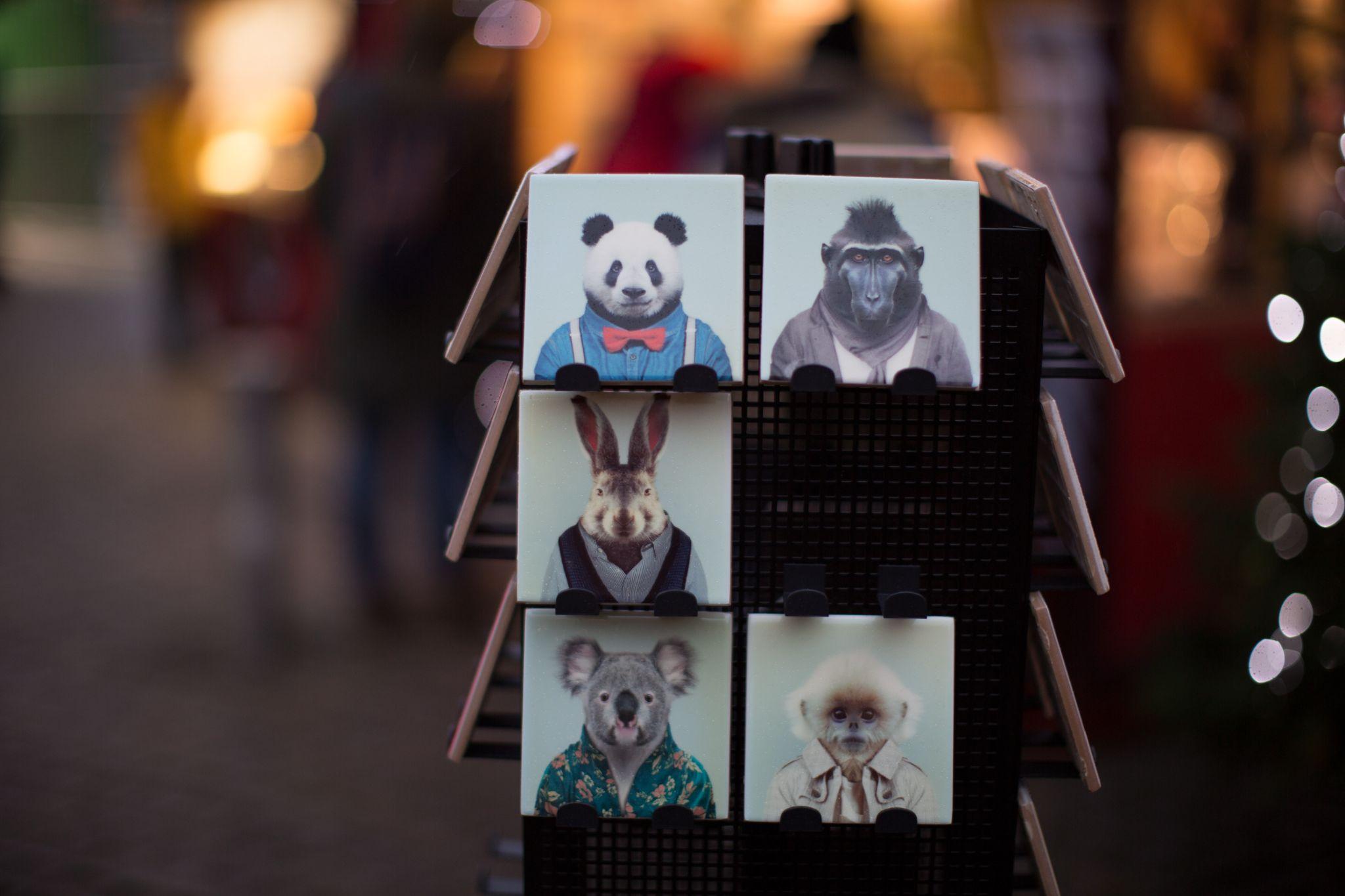
In high school, your chemistry teacher began to introduce elements, that’s when you first saw the periodic table. Unlike flashcards, however, it mainly consists of words with different colors to help you understand and produce amazing chemical reactions out of them later.
By now, you can think and learn in a more abstract way without relying so much on concrete images.
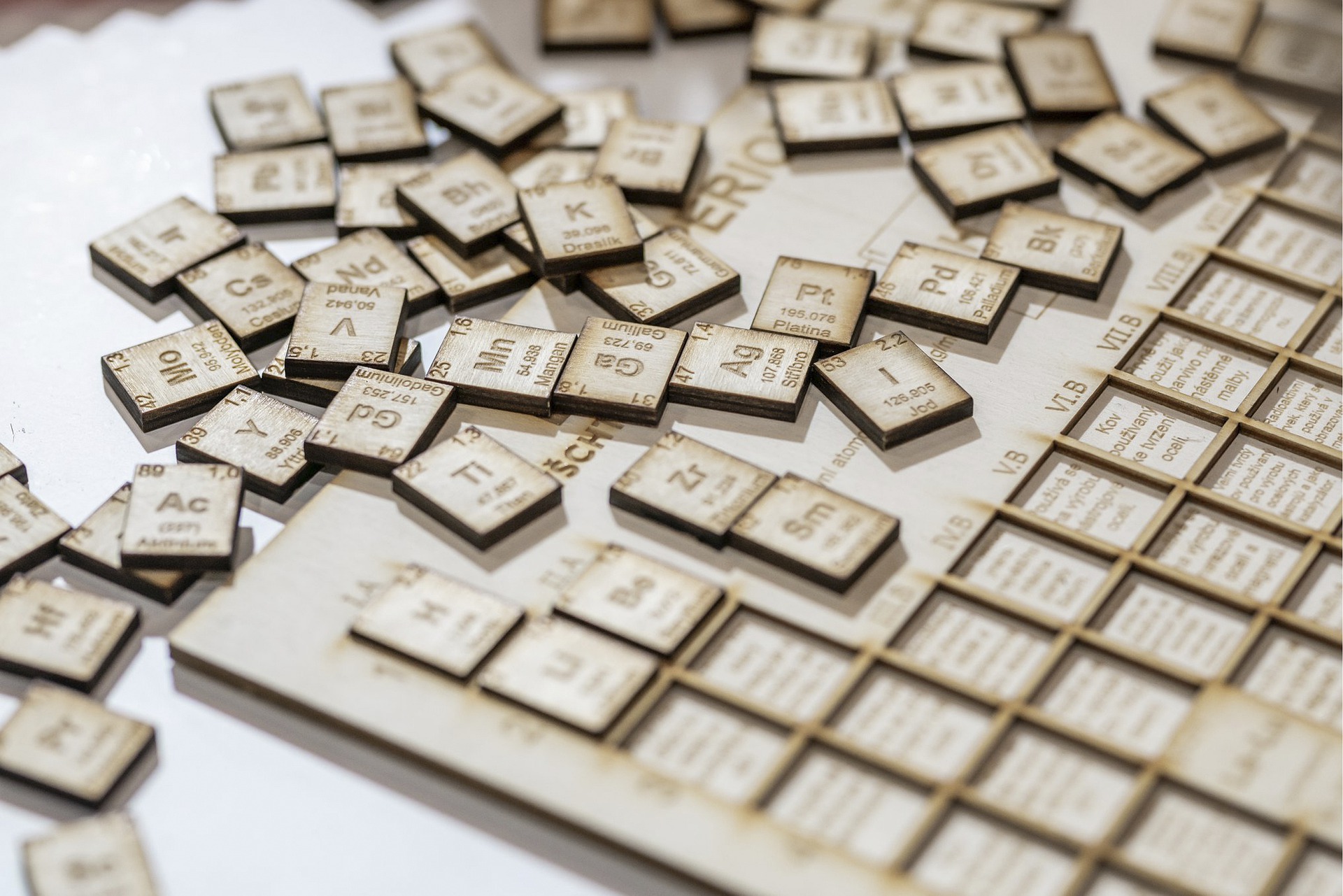
Now you grow up to an age when you don’t need pictures or colors to get interested in new things, and you record and recall mainly abstract concepts.
Just like the Zettelkasten (German for slip box), extensively used by Niklas Luhmann, one of the most significant social theorists of the 20th century, to organize ideas systemically by subjects and numbers.
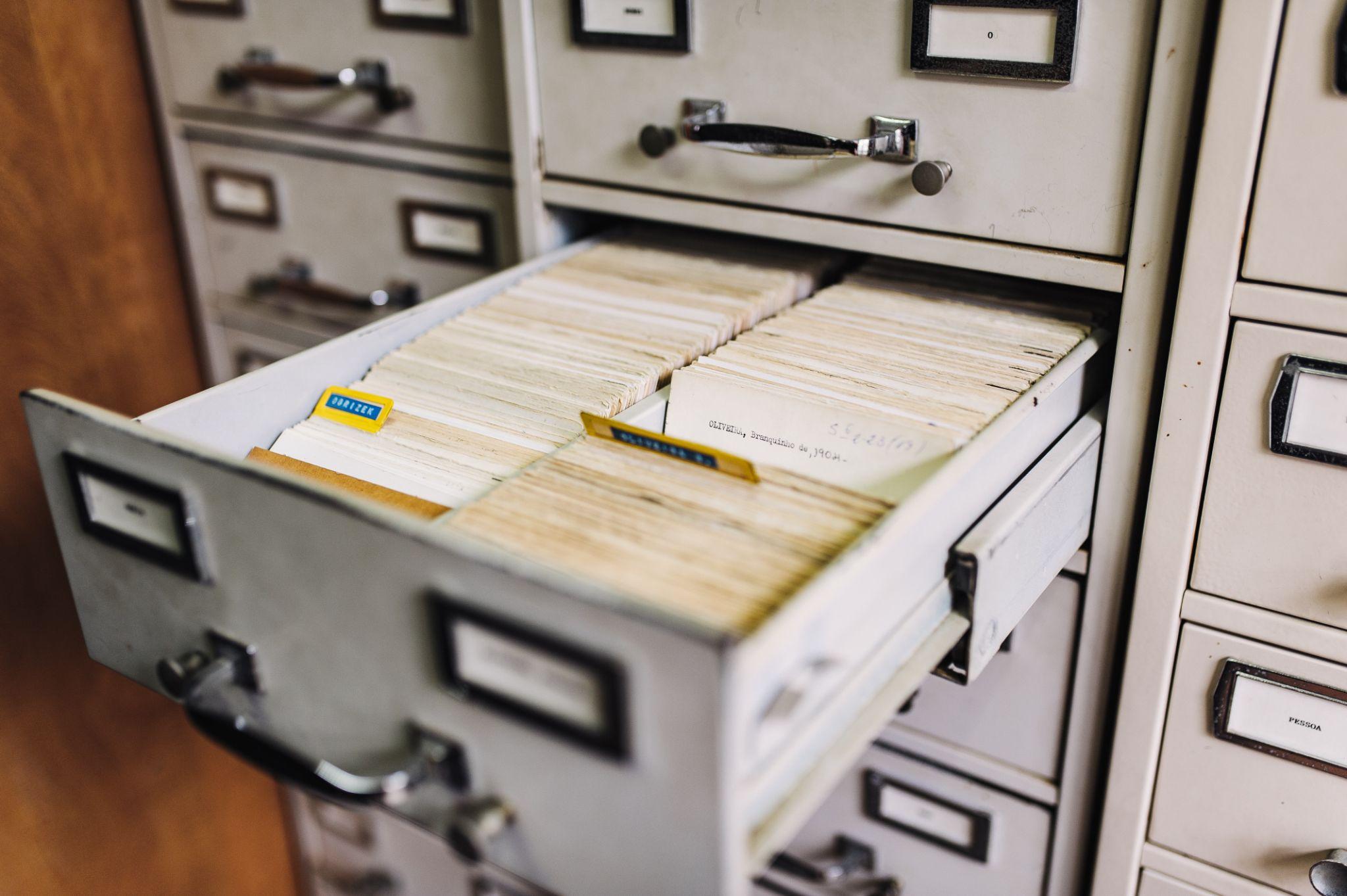
The difference between you and Niklas Luhmann isn’t that he’s way more creative than you are, it’s simply that he takes better notes than you do.
But does it mean that if you can take notes as good as he does (well, maybe not exactly as good, but you can always get as close to him as possible), you can get more creative?
Of course yes.
So here’s how he takes notes on cards. Try for yourself to become more creative:
Step 1: Take effective notes on cards
There are mainly three types of notes that Niklas considers effective:
- Fleeting notes
- Permanent notes, and
- Project notes
So why are these notes effective? Read on and you’ll see.
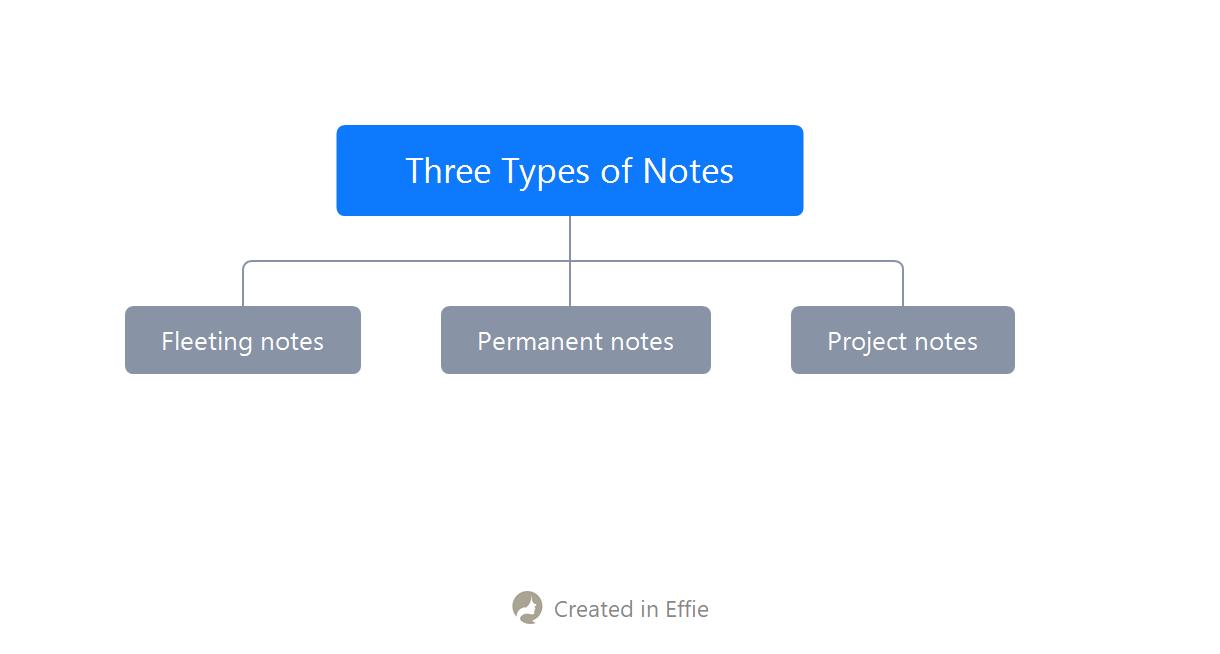
1. Fleeting notes
You can use fleeting notes to capture any eureka moment before it drifts away.
Such notes can later be moved into the trash can when their mission is accomplished. There’s a great possibility that it’s not that you’re not creative enough, it’s simply because you let go of your inspiration.
In this screenshot, I use one EffieSheet for each idea that jumps on top of my head. Since Effie works on different devices and syncs automatically, I can note down whatever ideas I have in mind whenever, wherever.

2. Permanent notes
Unlike fleeting notes, permanent notes are where you jot down more useful information, also, in your own words. In this way, you remember the new knowledge with your own understanding.
Additionally, you’re highly recommended to add bibliographic details in it for easier references later. By making references, you’re creating connections between notes to help you see the forests rather than a single piece of leaf.
In Effie, you can add any reference or related links to useful information when necessary either in ordered lists or unordered lists to make your thoughts logical and easy to be searched afterward.

3. Project notes
Project notes are usually relevant to a specific project. They can be kept in folders and can either be deleted or archived once the project is over.
With Effie, you can create and name different folders specific to distinctive projects. Also, you can create your own template, and save it as EffieSheet for repeated uses.

Step 2: Connect cards to boost your creativity
By far, it won’t be as helpful as it sounds to boost creativity if you ignore the final move, which is making connections among these cards. Each card is isolated unless you consciously connect them.
Why is connecting so important?
Because it serves to break the limitation of your conventional thinking mode in the following aspects:
1. Connect cards to uncover similarities and differences
Your brain per se is quite good at finding similarities and differences. Connecting cards makes the best use of this talent and brings out new questions and thoughts easily.
2. Connect cards to challenge false memory
Do you know your brain secretly changes your memory in a way you hardly notice?
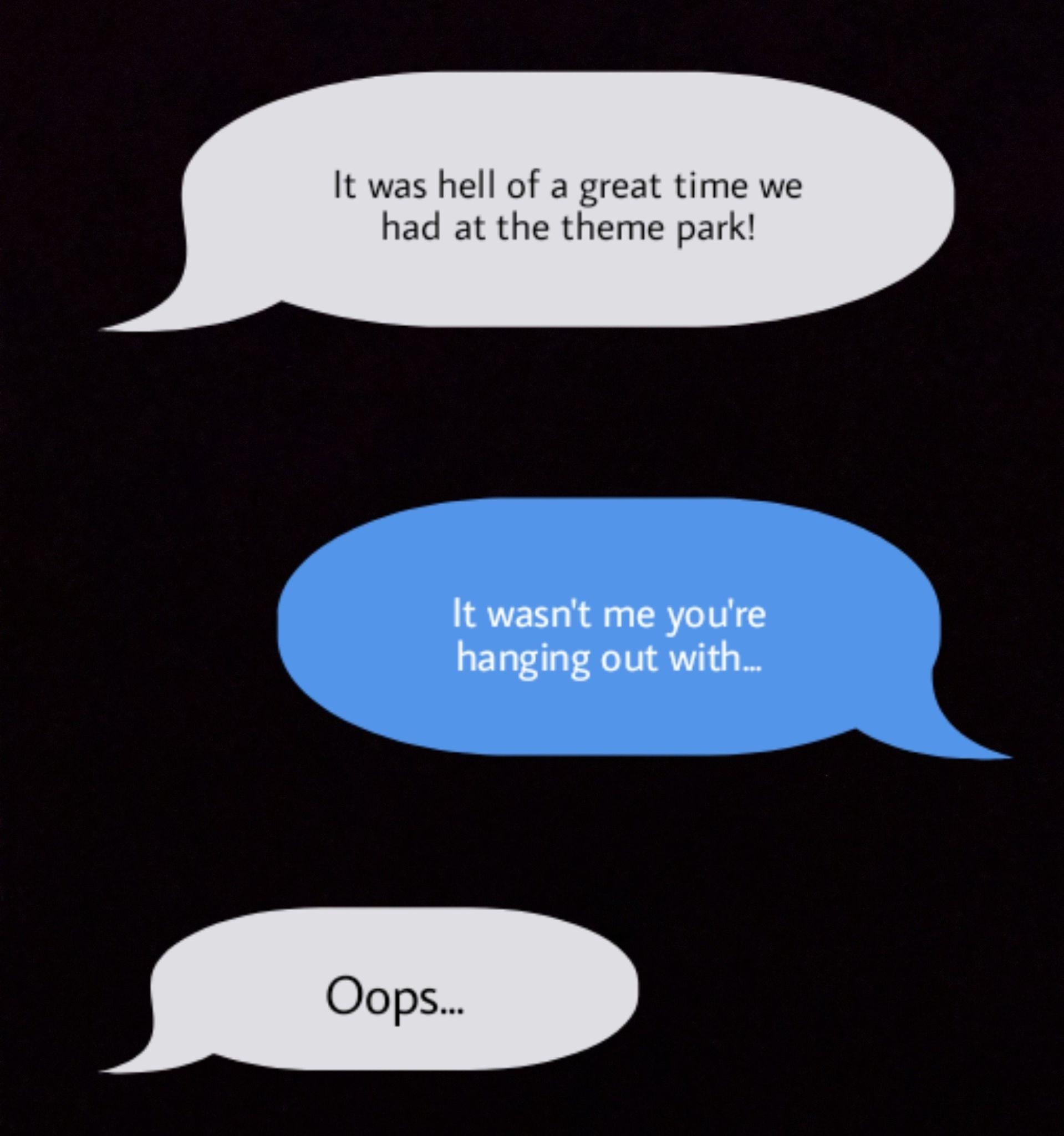
So if it wasn’t your friend who remembers what exactly has happened, your memory has already led you to a false conclusion based on your false memory.
With cards, however, there won’t be any false “memory”. What you put down can stay as objective and original as it can be.
Therefore, you can have a totally different solution based on your notes and how you connect them compared with what you might have based merely on your false memory.
3. Connect cards to overcome confirmation bias
Do you find it’s hard to persuade others? That’s because we all fall into confirmation bias, when we tend to look for, understand, support for, and recall information in a way that upholds previous beliefs.
However, you shouldn’t let such bias put a strain on you.
How to eliminate such bias then? Connect your cards. In this way, you no longer simply look for ideas that you normally would stand for, rather, you embrace every idea for new possibilities.
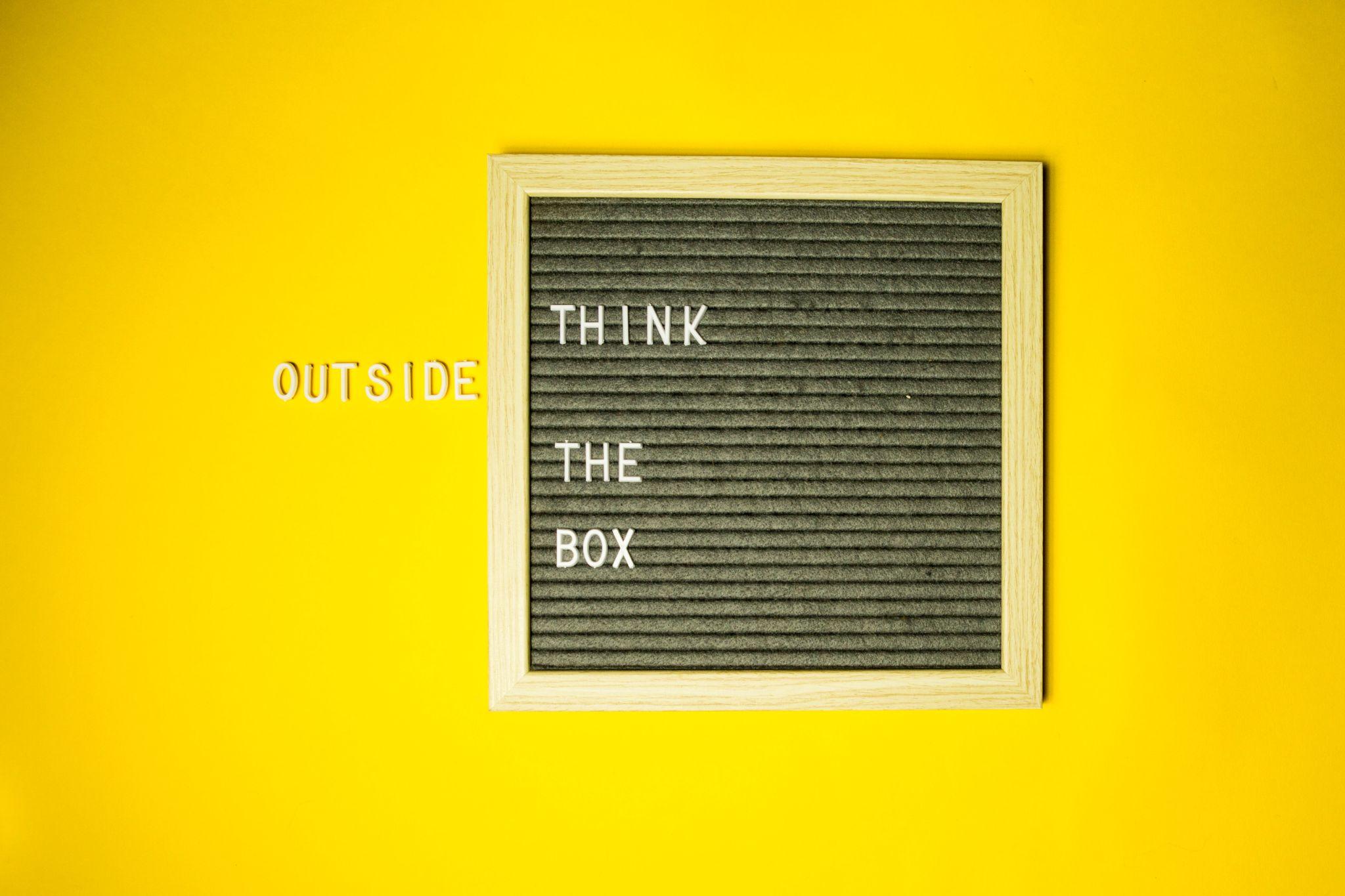
All in all, cards encourage you to jump outside the jar and perceive the world in an unconventional way. It’s a method simple enough to implement as it only involves the process of recording and connecting.
Apart from flashcards, periodic tables and the Zettelkasten mentioned that you have to write and create on paper, now you can use software to create cards that you need.
Effie is one of the neat software designed to keep your inspiration safe and sound in the form of cards. You can also locate content easily as you can search both in folders and sheets in Effie.

What’s more, Effie provides an immersive writing experience, along with mind maps to once again stimulate your creativity. With Effie, you can turn your blurred ideas into something deeper and more profound.
By the time your ideas are finalized and you feel like it’s time for some serious output, click here, and enjoy writing with Effie!

